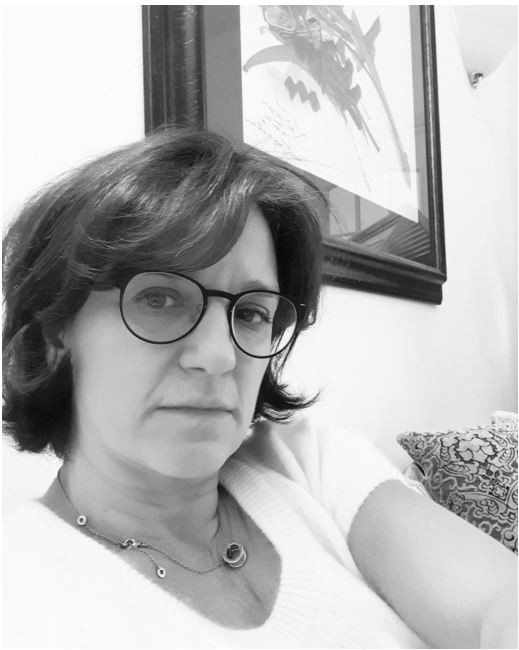Neurophysiology and neural engineering: from research to the development of functional biomarkers for innovative sensors
LECTURER
Paola Lanteri
ABSTRACT
Neurophysiology is the branch of physiology concerned with understanding the function of neural systems and, associated to neural engineering, involves the development of an interface between electronic devices and living neural tissue applied in real world. This opportunity increase the possibility to considered neurophysiology parameters as biomarker, “a characteristic that is objectively measured and evaluated as an indicator of normal biological processes and pathogenic processes, or responses to a therapeutic intervention.” Electro-encephalography (EEG) are the modalities of choice when studying rapid responses of neural populations to a certain stimulus or evoked or induced responses activated with only a small time-shift in the order of milliseconds (evoked potentials, event related potentials). Recording resting state EEG (rsEEG) rhythms focuses on abnormalities in the frequency and topographical features to unveil neural dysfunctions in the regulation of quiet wakefulness. These modalities of recording, quite or stimulated, permitted to study functional and effective connectivity, to describe the statistical interdependence between neural masses within and between two or more neural nodes of a brain network and the temporal precedence or a causal influence in the activity of one neural node over another. Cortical involvement to a task can be estimated using coherence. Coherence estimation provides a measure of functional connectivity between spatially distinct sources of oscillatory neural activity by the strength of the linear relation between activation of two sites in the frequency domain. Coherence between spatially distinct cortical regions (cortico-cortical coherence, CCC) in the beta and gamma frequency bands is increased with task complexity; attentional focus; sensory–motor processing; cognitive performance; and learning, but is lower during tasks that are performed more automatically. Coherence could be studied between cortical (EEG) and muscle (EMG) activity (corticomuscular coherence, CMC) as a function of cortical involvement in a task, too. The correct selection of the neurophysiological parameter to be studied on the basis of the function under examination is relevant.
SHORT BIOGRAPHY
Paola Lanteri graduated in 1995 at the Faculty of Medicine, University of Verona-Italy, received the specialization degree in Neurology from the University of Verona in 2000 and the the Ph. D. degree in Neuroscience from University of Verona, in 2003. From 2001 to 2013 she was appointed as a senior physician at the Department of Neurology in different Italian Hospital in adult and pediatric neurology and neurophysiology applications. Currently Head of Division of Neurophysiology. Department of Diagnostics and Applied Technology, Neurophysiopathology Center, Fondazione IRCCS, Istituto Neurologico Carlo Besta, Milan, Italy. Member of Board of Italian Society of Clinical Neurophysiology (SINC) from 2014-to 2018, from 2007 to 2014 National co-coordinator “SINC Group of Study about Intraoperatory Neurophysiology and Critical Care neurophysiology”, from 2018 National co-coordinator “SINC Group of Study about about Pediatric Neurophysiology".




